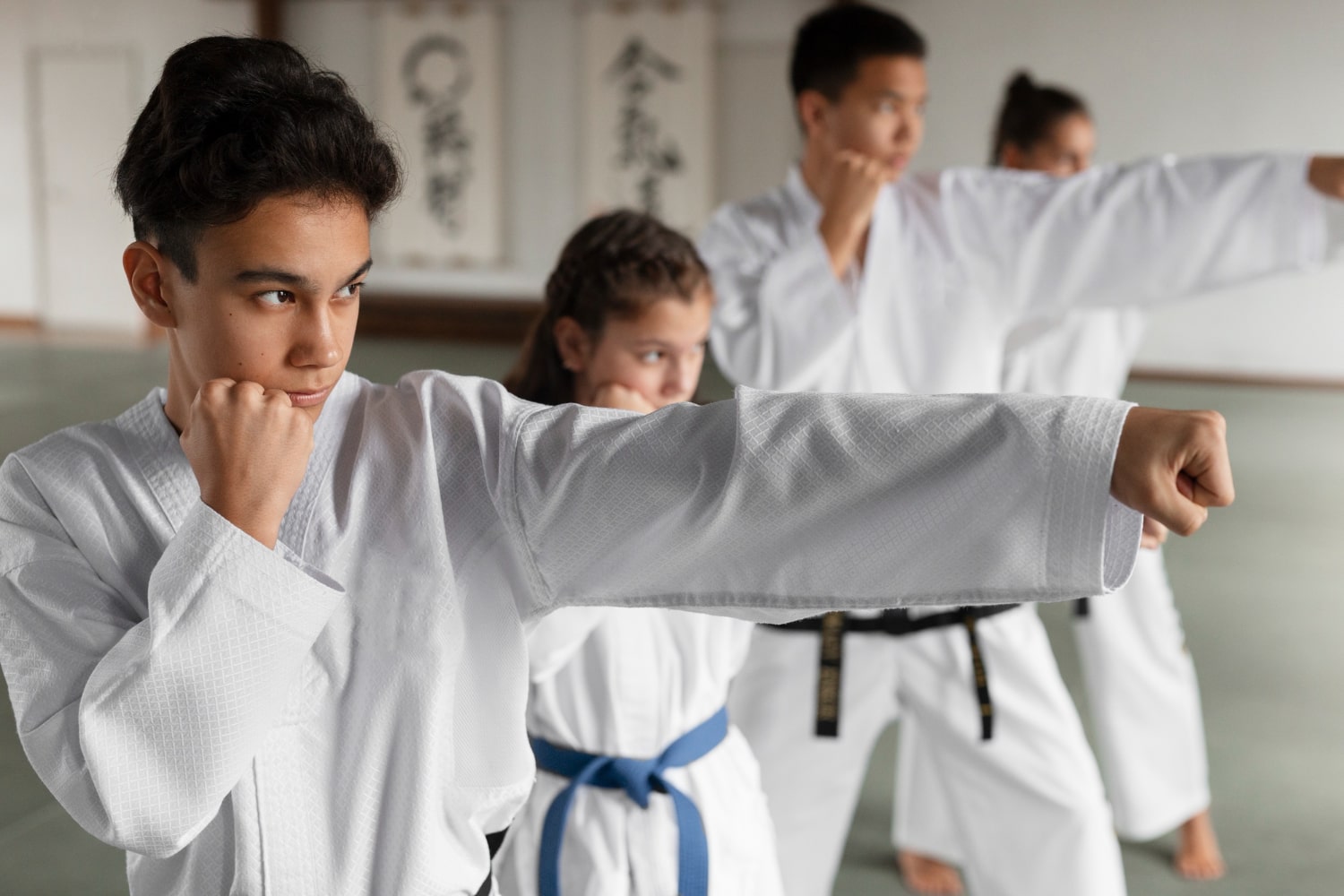Taekwondo is not just a martial art but a complete philosophy that combines physical fitness, self-discipline, and moral values. This Korean discipline originated from traditional systems of combat and has evolved into an internationally recognized Olympic sport. It is known for its powerful kicks, dynamic movements, and lightning-fast reactions. Yet beyond the competitive arena, taekwondo holds many fascinating aspects. Here are some captivating facts you may not have known about this unique art of movement and spirit.
- The word taekwondo comes from the Korean language and translates as the way of the foot and the fist. It emphasizes that the focus lies not only on physical strength but also on inner harmony achieved through the practice.
- The official founding date of modern taekwondo is April 11, 1955. On this day, General Choi Hong Hi proposed unifying various Korean fighting styles under a single name.
- Taekwondo is the national martial art of South Korea. It is taught in schools, military academies, and widely promoted among young people as part of the country’s cultural heritage.
- Taekwondo became an official Olympic sport at the Sydney Games in 2000. However, it was already showcased as a demonstration sport during the Seoul Olympics in 1988.
- The main technique in taekwondo involves kicking, including spinning, jumping, and even flying kicks. These movements require extraordinary flexibility, balance, and coordination.
- The belt system in taekwondo reflects a student’s level of proficiency. The journey from a white belt to a black belt is one of consistent training, self-improvement, and spiritual development.
- The black belt itself is divided into ranks called dans, which can go up to the ninth level. Earning each new dan requires years of practice, teaching experience, and a deep understanding of taekwondo philosophy.
- One of the core principles of taekwondo is self-control. Even during competitions, any form of aggression or disrespect toward an opponent is strictly penalized.
- Practitioners wear a special uniform called a dobok, which consists of a jacket, trousers, and a belt. The cleanliness of the dobok symbolizes the practitioner’s discipline and respect for the art.
- During matches, fighters wear protective gear, including helmets, vests, elbow and knee guards. This ensures safety and fair play in combat situations.
- Taekwondo includes forms known as poomsae or tul, which are structured sequences of movements performed against an imaginary opponent. These forms help develop coordination, breathing, strength, and rhythm.
- Although taekwondo shares some similarities with karate, it is distinct in its emphasis on leg techniques and spectacular aerial kicks. This makes it particularly appealing to spectators.
- Taekwondo is practiced in over 200 countries, and the World Taekwondo Federation is one of the largest sports organizations in the world. The art has become a global phenomenon.
- Famous individuals such as actor Chuck Norris and former US President Barack Obama hold black belts in taekwondo. This reflects the discipline’s prestige and the respect it commands.
- Taekwondo teaches not only physical techniques but also moral values. Its foundation is built on five key tenets: courtesy, integrity, perseverance, self-control, and indomitable spirit.
- Children who train in taekwondo improve not only their physical fitness but also their discipline, focus, and emotional balance. For this reason, it is often recommended as a character-building activity.
- In Korea, there are military units that specialize in taekwondo as a combat system. They perform impressive demonstrations by breaking wooden boards, bricks, and even concrete blocks with their feet.
- Taekwondo features international tournaments such as the World Taekwondo Championships and the World Cup. These events attract thousands of athletes from dozens of countries.
- In many nations, taekwondo has been integrated into physical education programs. It encourages a healthy lifestyle and promotes sport among young people.
- Taekwondo training often includes meditation and breathing exercises. These practices help with focus, stress reduction, and achieving inner balance.
These amazing facts prove that taekwondo is much more than just a martial art. It unites physical strength with spiritual depth and shapes not only skilled athletes but well-rounded individuals. You may not have known many of these aspects before, but now you can see taekwondo from a new and enriched perspective. It is a discipline that deserves respect, dedication, and an open heart.





